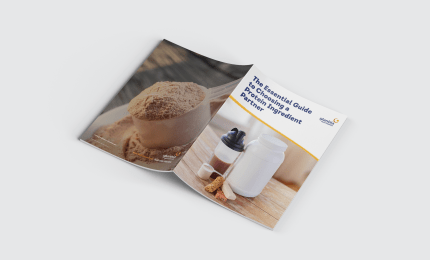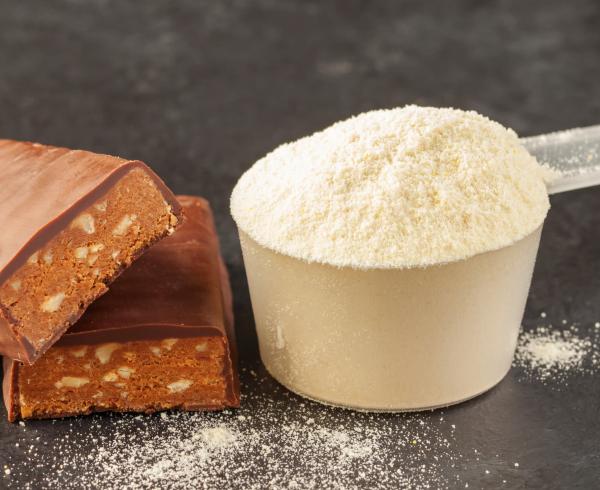2. Bioactive Components
Whey protein naturally includes a number of bioactive compounds such as glycomacropeptide (GMP), alpha-lactalbumin, and beta-lactoglobulin, which have been researched for a variety of beneficial effects on the body, including immune system support. GMP is also being researched for potential roles in satiety and lean muscle development. When WPI is processed via cross-flow microfiltration like Provon CFM™ Whey Protein Isolate, these bioactives are preserved, resulting in higher bioactive levels than WPC.
3. Lactose
During the additional processing it takes to go from a WPC 80% to a WPI 90%, a lot of unnecessary components are removed, including lactose. This is why WPI is extremely low in lactose (less than 1%, compared to about 5% for WPC), making it an excellent choice for consumers who tend to be sensitive to lactose such as Asian, Latino, and black consumers.
4. Fat and Cholesterol
Likewise, a significant amount of fat and cholesterol are removed during the processing of WPI. The fat content of WPI is less than 1%, compared to about 8% for WPC 80%, and WPI is virtually cholesterol-free. These features can be important for products targeting consumers who are watching their fat and cholesterol intake.








